Daria Mariscal, February 2-7, 2017, Paipai Pottery Workshop
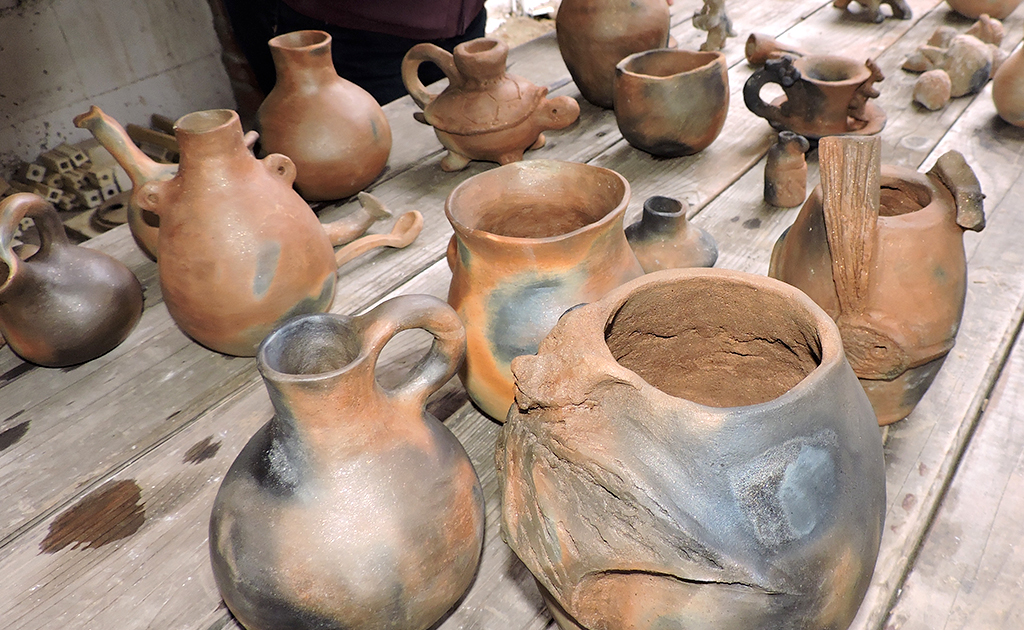
Pottery Traditions
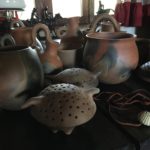
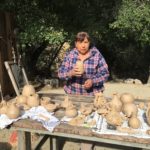
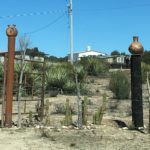
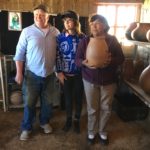
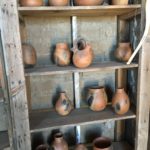
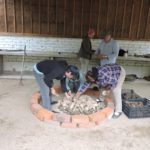
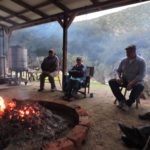
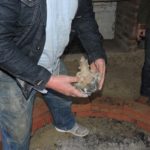
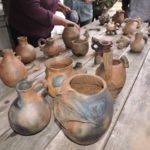
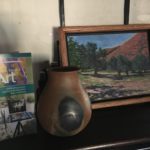
Five guests from Florida, Oregen, and Canada joined Peter Rozek at the ranch for 5 days as Daria shared her mastery of pottery and pit firing in the traditional way of her people.
This was a truly special pottery workshop. The Paipai Band of Baja Natives are distant cousins of the Baja Kumiai, who are closely related to the Kumeyaii Bands of Southern California. The creation of the international border basically spilt these tribal bands into two groups, who continue to interact when they are able.
While the Baja Kumiai lost their pottery traditions, the Paipai are the only native people in Baja California who still produce pottery in the traditional way, without the use of a potter’s wheel or kiln.
Daria produces beautiful and functional works of art that help sustain her people. Through her labor and dedication young tribal members learn their culture and history. She enjoys sharing her knowledge and teaching these skills to others; we felt it was a true privilege to learn from such a master.
During this wonderful week, the group learned native pottery techniques, including “paddle and anvil” and coiling methods. They spent the first few hours of the workshop learning how to process raw clay (Daria had plenty ready for us, but we wanted to learn). Then they began producing unique forms; some in the traditional olla form (a rounded bowl with a mouth smaller than the belly), some open bowls, and others of pure whimsy.
Native clay is minimally processed; it can sometimes be used straight out of the ground. It is especially important that these clays be durable, as they go through extreme thermal shock during the pit firing process, and can only be fired when the pots are bone dry.
So, after the hand-building sessions, the pots and small sculptures needed time to dry a bit before burnishing with a smooth stone. Burnishing gives the pots a satin sheen, and hardens them by compressing the clay and driving out excess moisture. Taking burnishing breaks throughout the few days, we had ample time for horseback riding, hiking, relaxing, and a couple of trips off the ranch.
One of the day trips was to Valle Guadalupe, Mexico’s famous wine region, located just 30 minutes from the ranch. The group visited Mogor Badan and Vena Cava, two premium small-scale producers, and enjoyed the fine wines at each.
Another day Daria invited the group to visit her home, the Paipai Reservation and Museum at Santa Catarina, B.C. Located about 40 miles east of Ensenada, the reservation is about a 2 hour drive from the ranch through the wine country, south to Ensenada, and east through the beautiful agricultural valley of Ojos Negros. This area is well known for their fine local cheeses, and we saw plenty of “happy cows” in lush green fields along the way. Cava Marcello is a great place to stop for a cheese tasting, well presented in their beautiful subterranean cheese cave. They offer a tasting of 5 cheeses, aged from 1 week to 3 years.
The reservation was truly a highlight of our workshop week. We arrived in time for lunch, and enjoyed our picnic burritos in a lovely and natural high desert setting. Daria welcomed us into the cultural museum, and we soon realized that the building is used for more than just showing and selling pottery. Large handwritten charts on the walls are used to teach the children of the tribe their native Paipai language and customs. Showcases display arrowheads, arrow making tools, grinding stones (manos and morteros), and baskets. All the stone implements were found on the reservation property, and the old baskets are reminders of the labors of the elders of the past. New baskets were also on display, and their masterful construction was stunning.
Daria’s studio is in the next room, and we were immediately drawn to the wall of beautiful open bowls, incense burners, and ollas. All the pots had distinctive “smoke and flame” patterns, which indicate their pit fired nature. Rather than glazing and firing in a kiln, as most pottery is produced, native pottery is fired without a kiln. The pots are placed on the ground and a bonfire of dried yucca bulbs and cow manure is built and lit right on top of the ceramic wares. This creates an intense temperature shift in a short period of time, and most commercially available clays cannot take this shock, resulting in cracked pots.
While at the reservation, we were able to see the pits where the clay is dug from many small pits, some no more than 3 – 4 feet wide, and shallow. The Paipai have gathered clay in this area for generations, and the pits, though small, dot the landscape near the river bank.
Before leaving, we had the honor to meet another Paipai artist, Theresa Castro, a well-known master potter, weaver, and basket maker. Living in the most humble of homes, she spends much of her day creating the traditional items of her people.
As we headed back to Ensenada and then to the ranch, we all felt we’d truly had a special afternoon, and had gained a greater understanding of the history and traditions of the native pottery process. After a brief stop at a tequilaria and another for delicious fish tacos we were soon back at the ranch. What a great day!
By taking these day trips, our clay creations were allowed to dry slowly and evenly. They were ready for the bonfire the next day, with time to cool that night.
The next afternoon, Daria guided the group in building a proper bonfire out of cow dung. Dung has plenty of heat-producing fiber, and is a very traditional fuel for firing pottery. After a few words, the fire was lit and began to warm the pots. Within minutes, it was a true bonfire, with flames licking the pots that were barely visible.
As we watched the flames for a few hours, we talked about the trip, reservation life, and family traditions. Daria shared a bit of her family history; she has relatives throughout Baja. In fact, she is a distant relative of our host Raul – they think about 100 years back. It sometimes seems to me that everyone in Baja knows everyone else … not really, but there are a few family names that appear throughout the peninsula. These are the descendants of the Californios, the first Mexican families to populate and (partially) tame the environment.
The next morning was like Christmas! What had happened overnight? Did the pots survive?
Indeed they had…and they were beautiful. As they were dug out from the ashes, each pot was a special gift, as it told the story of its journey through fire. The dark grey, rust, red, and buff colors on the pots were its memory embedded in the clay. The hottest parts of the fire made the most color, and the peripheral areas were barely changed but still emerged in beautiful tones of warm brown.
After a quick rinse, we spent time studying the designs, the forms, and the beauty of the collection. We couldn’t wait to take them home for “show and tell”, but of course, that also meant it was time to start packing. After five days at the ranch, it was easy to imagine we were home, our lives transformed by the simple pleasures and beauty of life in the south.
We said our farewells to our master teacher and inspiration, Daria Mariscal, and to Raul, Caroline, the cook, the wrangler, the dogs, horses, sheep, roosters, and all those lovely stars in the dark night skies. North we would go, to family, friends, jobs, and homes, but with powerful memories for a lifetime.
Baja Rancho Art will offer another 5 day workshop with Daria November 14 – 19, 2017. We hope you can join us for this truly special event.

